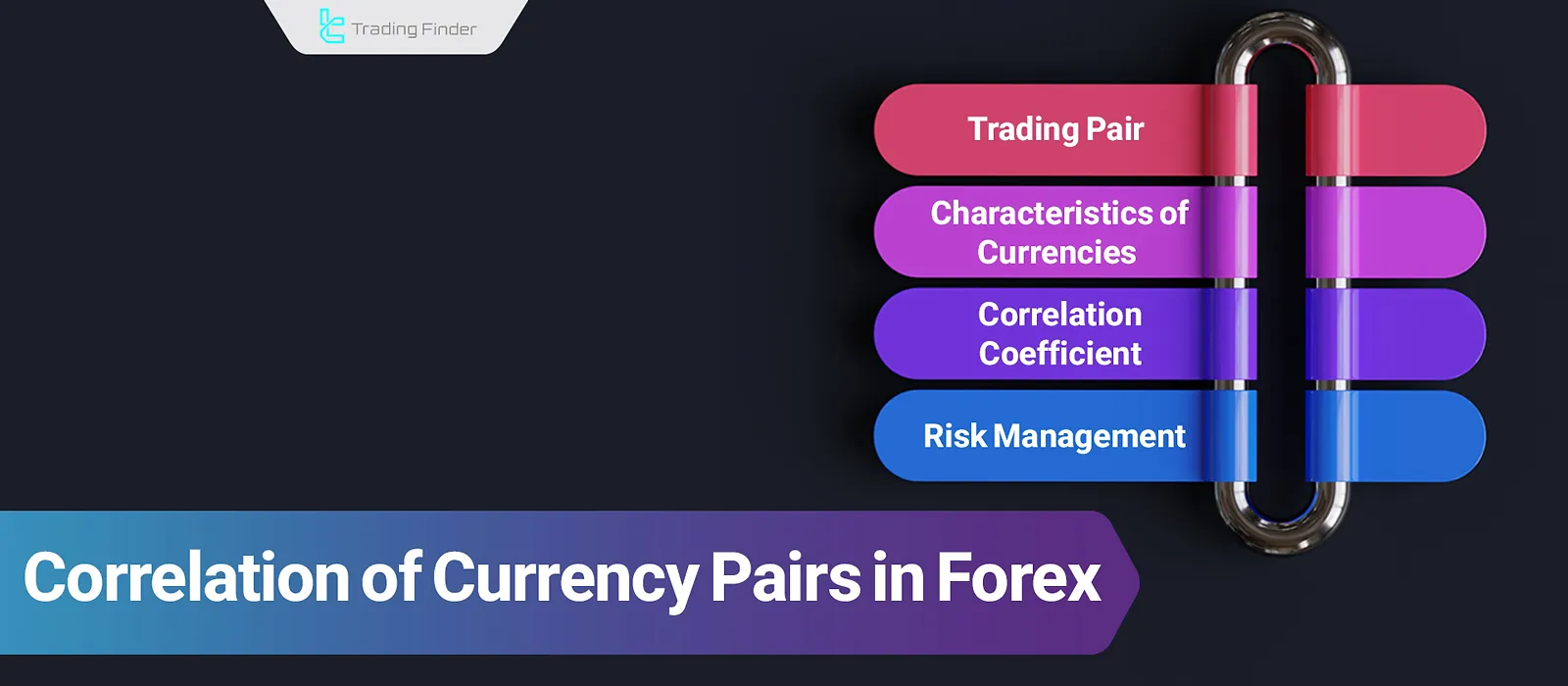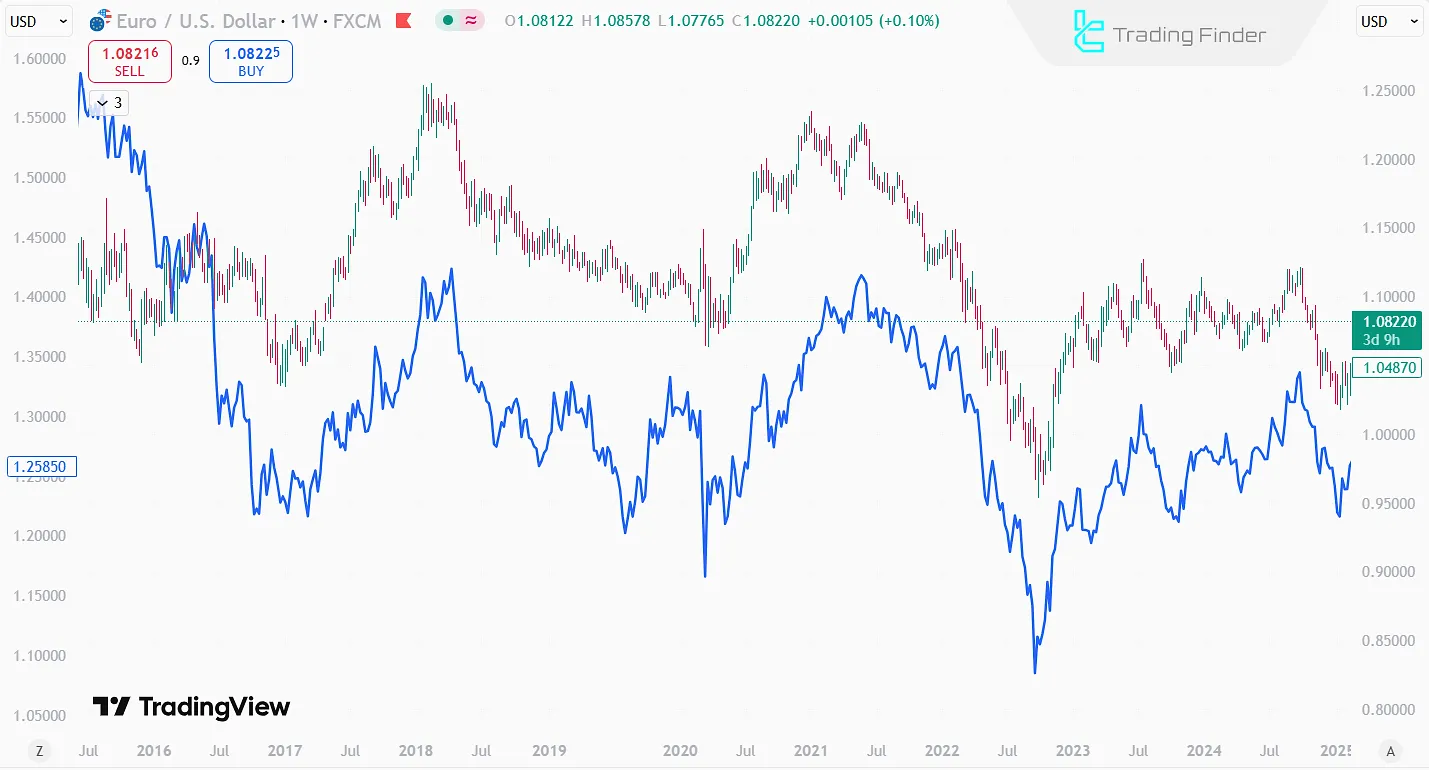Some currencies have positive or negative correlations with other assets due to their risk-on or risk-off nature.

Currency correlation and its underlying reasons are vital for risk management, avoiding overexposure, swing trading, and other strategies.
What Is Currency Correlation in Forex?
In the Forex market, currencies like AUD and NZD share similar characteristics and often move together. Thus, currency pairs may exhibit similar or opposite price movements. This synchronization or divergence is called correlation.
Example of Currency Correlation in Forex
For instance, when AUD/USD is bullish, NZD/USD is also likely to rise, as the drivers of AUD and NZD are highly similar.
Understanding Currency Nature to Grasp Pair Correlation
Currencies with similar natures tend to move alike, and trading them simultaneously in the same direction is high-risk. ForexCurrency Characteristics:
Risk-On Currencies | Risk-Off Currencies | Neutral Currencies |
AUD | JPY | EUR |
NZD | USD | GBP |
CAD | CHF | – |
From this table, during risk-off market conditions (strengthening of safe-haven currencies), the CAD/CHF pair may correct while USD/CAD trends upward.
These pairs often have a negative correlation coefficient and move in opposite directions.
Volatility in Correlated Currency Pairs
In the above example, If SNB turns dovish Stance while the Fed stays hawkish (assuming strong U.S. GDP rate growth), USD/CAD's rise could outweigh CAD/CHF's fall.
What Is the Correlation Coefficient?
The correlation coefficient between two assets ranges from −1 to +1, indicating their relationship's strength and type (positive/negative). Interpreting the Coefficient:
- +1: Perfect positive correlation — the assets move identically;
- 0: No correlation — the assets have no linear relationship;
- −1: Perfect negative correlation — the assets move inversely.
For example, the correlation coefficient between NZD/USD and AUD/USD in February 2025 was +0.94, indicating a strong positive correlation.
To analyze forex pair correlations, use TradingFinder’s Forex Correlation Tool.
The Role of Currency Correlation in Risk Management
Ignoring currency nature and pair correlations can lead to unintended risk accumulation.
Example of Unintended Risk Exposure
EUR/USD and GBP/USD are highly positively correlated. If a trader opens simultaneous sell positions on both, they face amplified risk because a fundamental factor (e.g., a strong U.S. economic report) could weaken both pairs.

In essence, buying 1 lot of EUR/USD and 1 lot of GBP/USD is similar to buying 2 lots of EUR/USD
Currency Correlation and Hedging
Traders can mitigate risk by leveraging currency correlations and market sentiment.
For example, during geopolitical tension (risk-off), a trader might long gold and CHF while opening a position in a risk-on asset to balance exposure.
Conclusion
Understanding currency correlation is key for hedging, risk control, and strategies like swing trading. Currency pairs with positive correlations tend to move in the same direction, so opening positions on both simultaneously increases risk exposure.





